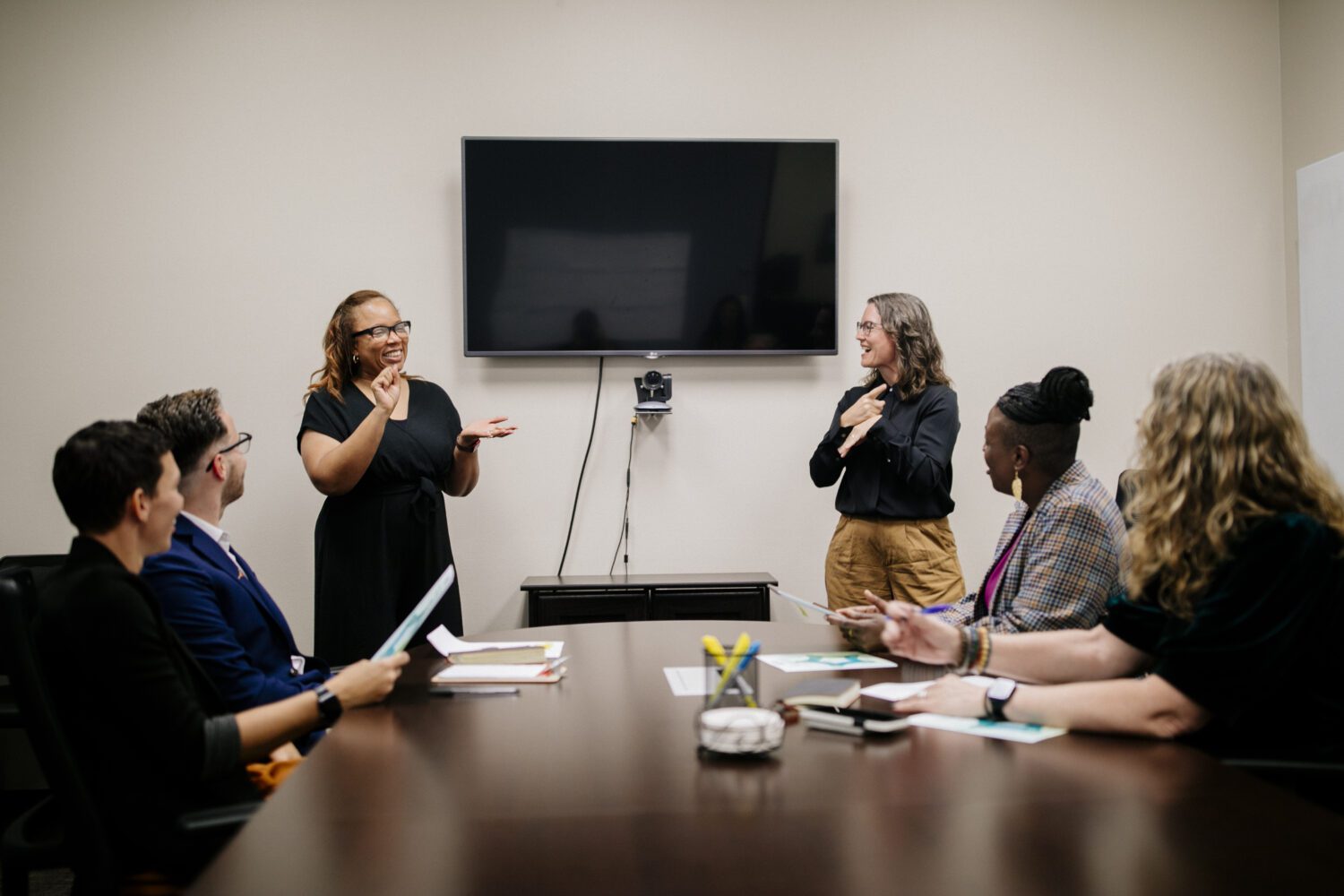As deaf children grow into teenagers, they begin to take a more active role in decision-making and responsibilities. Families are often unaware of strategies to support their deaf teen on becoming more independent. The role of family members is vital in ensuring deaf youth are prepared for life after high school. It’s an overwhelming but exciting time for both families and deaf teens.
Family Support
For deaf teens, it’s crucial family members guide and support them through the next phase of their life. Research has shown that when deaf teens are supported by their families, it helps them be more successful as adults.
Family members can support the formation of autonomy by encouraging them to learn hard and soft skills needed to live independently. This builds confidence and motivation to pursue long-term goals, such as obtaining a college education or securing a new job.
Strategies for Families
Families can consider taking a strengths-based approach with deaf teens to instill life skills, help them develop their self-determination skills, and provide them with opportunities to advocate for themselves.
NDC’s Family Support for Deaf Teens outlines eight strategies to incorporate into everyday situations to encourage essential skill building:
-
Develop Independence
-
Provide Choices
-
Encourage Initiative and Aim High
-
Acknowledge Feelings and Perspectives of Teens
-
Nurture Self-Regulation
-
Support Self-Empowerment
-
Be Less Strict: Teach Responsibility
-
Strengthen Self-Awareness
Incorporating these eight strategies does not need to be complicated. Use everyday situations to find teachable moments to help strengthen their skill-building, such as ordering for themselves in a restaurant or scheduling their own appointments. Also, involve the deaf teen in crucial conversations and decisions in the household.
Do a Family Project or Activity
Encourage deaf teens to take the lead on a family project or activity and practice any of the eight strategies listed. An example project you could consider: repainting a room in the family home.
Have the deaf teen write up a plan that includes:
-
A timeline that outlines what steps needs to be done from start to finish.
-
Arrange a meeting to discuss with family members about color choices.
-
Write up a list of what equipment will be needed.
-
Give them a budget and have them research the costs for the project.
-
Discuss how to communicate with shop owners or other people involved.
-
Be sure to celebrate when the project has been completed!
This type of project gives deaf teens a variety of opportunities to develop valuable hard and soft skills: time management, decision-making strategies, communication approaches, budget planning, safety awareness, and workmanship.
After each step, have a follow-up discussion to talk about what worked well and what could they do better or different next time. Build a strong support network, including role models to help navigate some of the more complex situations.
This is a trial-and-error process. There will be times they fail, but talking about the situation will support more successful endeavors in the future.
Resources to Support Deaf Teens
To learn more about how families can support deaf teens, check out these resources:









